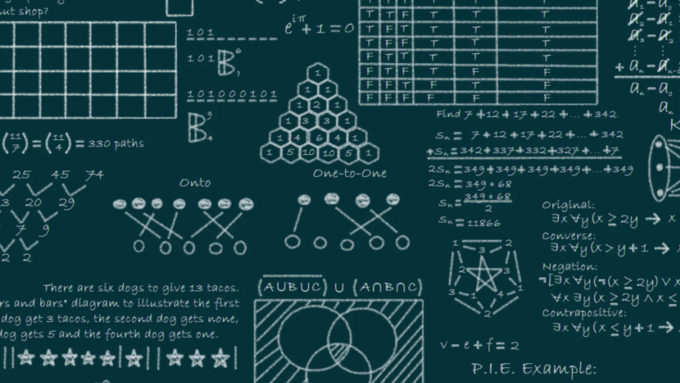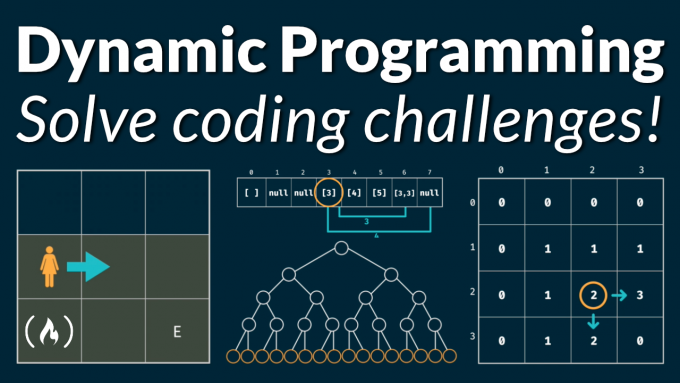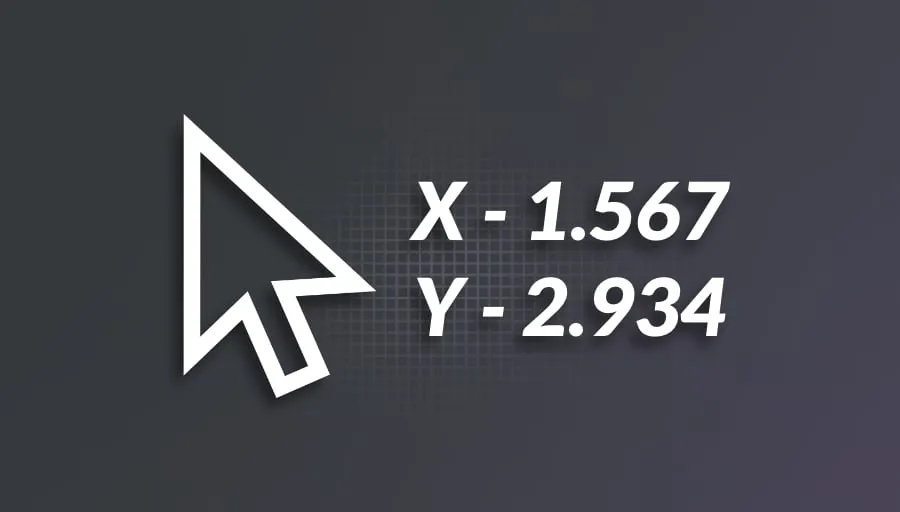搜索,是Yukko首先给我介绍的几类算法之一,其对状态空间进行枚举,通过穷尽所有的可能来找到最优解,或者统计合法解的个数。
搜索有很多优化方式,如减小状态空间,更改搜索顺序,剪枝等。
搜索是一些高级算法的基础。在 OI 中,纯粹的搜索往往也是得到部分分的手段,但可以通过纯粹的搜索拿到满分的题目非常少。
DFS(深度优先搜索)
DFS 本是图论概念,在搜索算法中,该词常常指利用递归函数方便地实现暴力枚举的算法,与图论中的 DFS 算法有一定相似之处,但并不完全相同。
DFS 框架
1
2
3
4
5
6
7
8
9
10
11
12
13
14
15
16
17
18
19
20
21
22
23
24
25
26
27
28
29
30
31
32
33
| #include <cstdio>
using namespace std;
const int maxn = 100;
int n;
bool vst[];
bool CheckEdge(...)
{
if (...)
return 1;
else
return 0;
}
void dfs(int depth)
{
if (depth > n)
{
......
return;
}
for (int i = 1; i < n; i++)
{
if (!CheckEdge(...)) continue;
vst[] = 1;
dfs(depth + 1);
vst[] = 0;
}
}
int main()
{
......
return 0;
}
|
例题
洛谷 P1706 | 全排列问题
题目描述
输出自然数 1 到 n 所有不重复的排列,即 n 的全排列,要求所产生的任一数字序列中不允许出现重复的数字。
输入格式
一个整数 n 。
输出格式
由 1∼n 组成的所有不重复的数字序列,每行一个序列。
每个数字保留 5 个场宽。
输入输出样例
输入 #1
输出 #1
1
2
3
4
5
6
| 1 2 3
1 3 2
2 1 3
2 3 1
3 1 2
3 2 1
|
说明/提示
1≤n≤9
解决方案
1
2
3
4
5
6
7
8
9
10
11
12
13
14
15
16
17
18
19
20
21
22
23
24
25
26
27
28
29
30
31
32
33
| #include <iostream>
#include <cstdio>
using namespace std;
const int maxn = 20;
int n;
int now[maxn];
bool vis[maxn];
void dfs(int depth)
{
if(depth > n)
{
for(int i=1; i<=n; i++)
{
printf("%5d", now[i]);
}
puts("");
return;
}
for(int i=1; i<=n; i++)
{
if(vis[i]) continue;
vis[i] = true;
now[depth] = i;
dfs(depth + 1);
vis[i] = false;
}
}
int main()
{
scanf("%d", &n);
dfs(1);
return 0;
}
|
BFS(广度优先搜索)
BFS 是图论中的一种遍历算法,在搜索中也很常用,将每个状态对应为图中的一个点,将状态存入队列即可。
BFS 框架
1
2
3
4
5
6
7
8
9
10
11
12
13
14
15
16
17
18
19
20
21
22
23
24
25
26
27
28
29
30
31
32
33
34
35
36
37
38
39
40
41
42
43
44
45
46
47
48
49
50
51
52
53
54
55
56
57
58
59
60
61
| #include <cstdio>
#include <cstring>
#include <queue>
#include <algorithm>
using namespace std;
const int maxn = 100;
bool vst[maxn][maxn];
int dir[4][2] = {0, 1, 0, -1, 1, 0, -1, 0};
struct State // BFS 队列中的状态数据结构
{
int x, y;
int Step_Counter;
};
State a[maxn];
bool CheckState(State s)
{
if (!vst[s.x][s.y] && ...)
return 1;
else
return 0;
}
void bfs(State st)
{
queue<State> q;
State now, next;
st.Step_Counter = 0;
q.push(st);
vst[st.x][st.y] = 1;
while (!q.empty())
{
now = q.front();
if (now == G)
{
......
return;
}
for (int i = 0; i < 4; i++)
{
next.x = now.x + dir[i][0];
next.y = now.y + dir[i][1];
next.Step_Counter = now.Step_Counter + 1;
if (CheckState(next))
{
q.push(next);
vst[next.x][next.y] = 1;
}
}
q.pop();
}
return;
}
int main()
{
......
return 0;
}
|
例题
P1141 01 迷宫
题目描述
有一个仅由数字 0 与 1 组成的 n×n 格迷宫。若你位于一格 0 上,那么你可以移动到相邻 44 格中的某一格 1 上,同样若你位于一格 1 上,那么你可以移动到相邻 4 格中的某一格 0 上。
你的任务是:对于给定的迷宫,询问从某一格开始能移动到多少个格子(包含自身)。
输入格式
第 1 行为两个正整数 n,m 。
下面 n 行,每行 n 个字符,字符只可能是 0 或者 1 ,字符之间没有空格。
接下来 m 行,每行 2 个用空格分隔的正整数 i,j ,对应了迷宫中第 i 行第 j 列的一个格子,询问从这一格开始能移动到多少格。
输出格式
m 行,对于每个询问输出相应答案。
输入输出样例
输入 #1
输出 #1
说明/提示
所有格子互相可达。
对于 20% 的数据, n≤10 ;
对于 40% 的数据, n≤50 ;
对于 50% 的数据, m≤5 ;
对于 60% 的数据, n≤100,m≤100 ;
对于 100% 的数据, n≤1000,m≤100000 。
解决方案
1
2
3
4
5
6
7
8
9
10
11
12
13
14
15
16
17
18
19
20
21
22
23
24
25
26
27
28
29
30
31
32
33
34
35
36
37
38
39
40
41
42
43
44
45
46
47
48
49
50
51
52
53
54
55
56
57
58
59
60
61
62
63
64
65
66
67
68
69
70
71
72
73
74
75
76
77
78
79
80
81
82
83
84
85
86
87
88
89
90
91
92
93
94
95
96
97
98
99
100
101
102
103
104
105
106
107
108
109
110
111
112
113
114
115
116
| #include <iostream>
#include <cstdio>
#include <queue>
#include <vector>
using namespace std;
const int maxn = 1050;
class Tuple //坐标类
{
public:
int _x_, _y_;
Tuple()
{
_x_ = _y_ = 0;
}
void val(int x_, int y_)
{
_x_ = x_;
_y_ = y_;
}
Tuple operator+(const Tuple &b_)
{
Tuple c_;
c_._x_ = this->_x_ + b_._x_;
c_._y_ = this->_y_ + b_._y_;
return c_;
}
};
int n, m;
int mp[maxn][maxn], ans[maxn][maxn];
struct Node //节点
{
Tuple c;
int d;
};
bool check(Tuple p, Tuple q)
{
int x = p._x_, y = p._y_;
int a = q._x_, b = q._y_;
if (ans[x][y])
return false;
if (x == 0 || y == 0)
return false;
if (x == n + 1 || y == n + 1)
return false;
if (mp[x][y] ^ mp[a][b])
return true;
return false;
}
int bfs(int x, int y)
{
if (ans[x][y])
return ans[x][y];
Tuple mv[4];
mv[0].val(0, 1);
mv[1].val(0, -1);
mv[2].val(1, 0);
mv[3].val(-1, 0);
Node tmp;
tmp.c.val(x, y);
tmp.d = 1;
queue<Node> tree;
tree.push(tmp);
vector<Tuple> zone;
int ansn = 0;
ans[x][y] = 1;
while (!tree.empty())
{
tmp = tree.front();
tree.pop();
zone.push_back(tmp.c);
ansn++;
for (int i = 0; i < 4; i++)
{
Node now;
now.c = tmp.c + mv[i];
now.d = tmp.d + 1;
if (!check(now.c, tmp.c))
continue;
tree.push(now);
ans[now.c._x_][now.c._y_] = ansn;
}
}
for (int i = 0; i < zone.size(); i++)
{
int x_ = zone[i]._x_;
int y_ = zone[i]._y_;
ans[x_][y_] = ansn;
}
return ansn;
}
int main()
{
scanf("%d %d", &n, &m);
for (int i = 1; i <= n; i++)
{
for (int j = 1; j <= n; j++)
{
char l[5];
scanf("%1s", l);
mp[i][j] = l[0] - '0';
}
}
for (int i = 1; i <= m; i++)
{
int x, y;
scanf("%d %d", &x, &y);
printf("%d\n", bfs(x, y));
}
return 0;
}
|
请参阅








